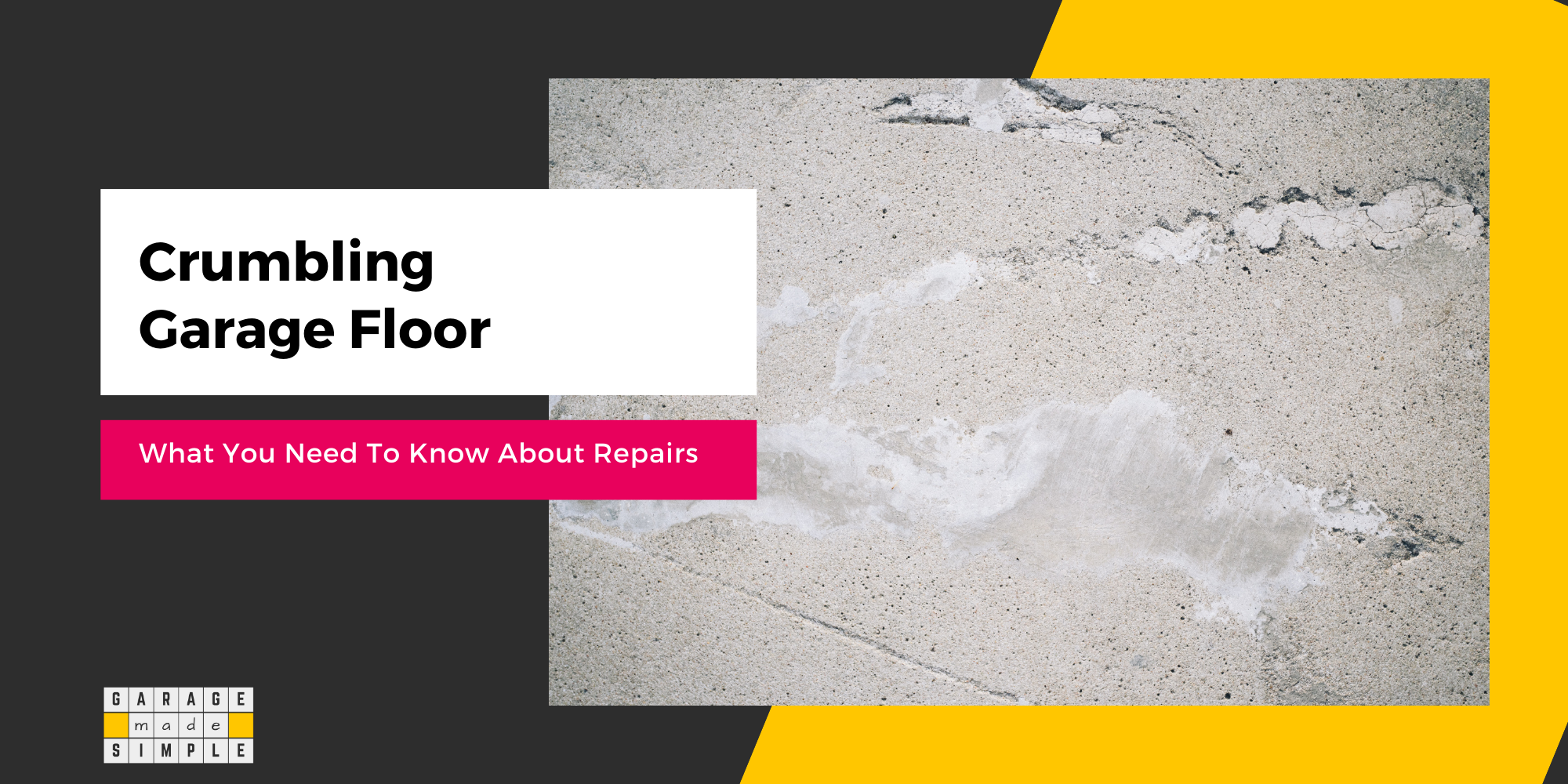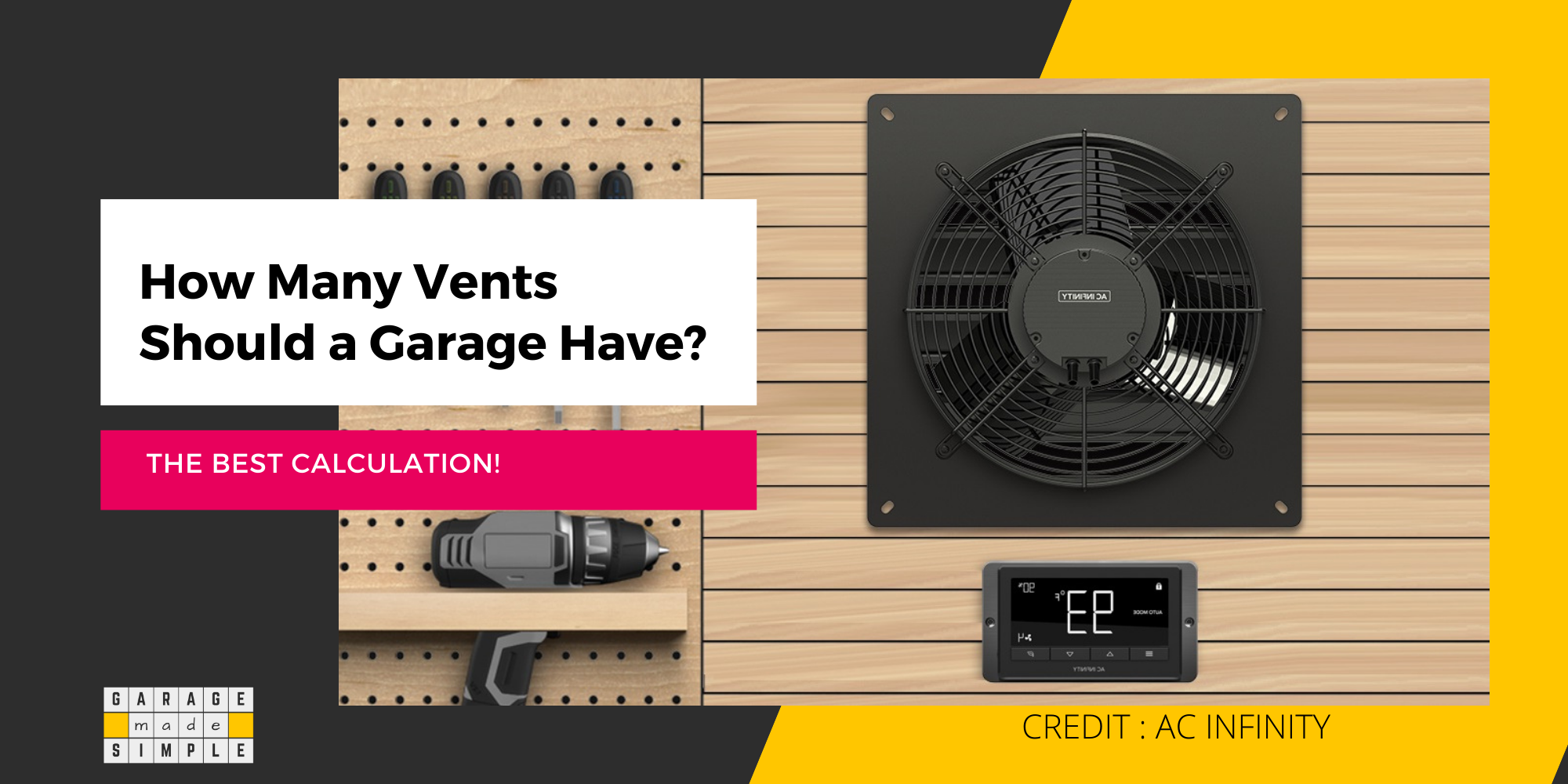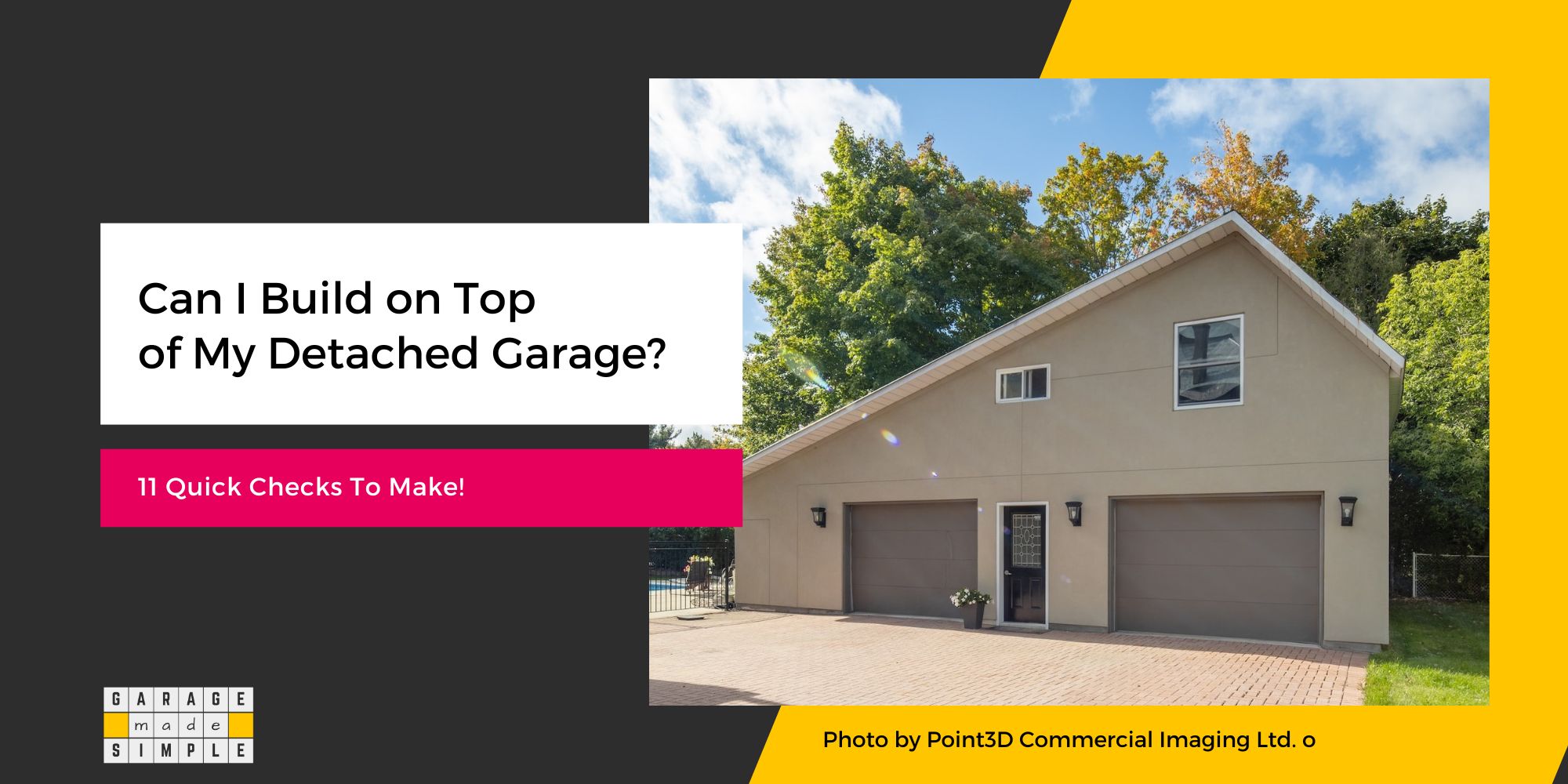Hot Tub In Garage: 6 Great Reasons to Go for it in 2024!
garagemadesimple.com is a participant in the Amazon Services LLC Associates Program, an affiliate advertising program designed to provide a means for sites to earn advertising fees by advertising and linking to Amazon.com . The website is also an affiliate of a few other brands.
Can You Put a Hot Tub in Garage?
A soak in a hot tub, after a hard & stressful day at work can truly relax and invigorate you. You really want to buy one for your home. The problem is where to put it? Can you put a hot tub in garage?
Contrary to conventional thinking, your garage is, in fact, the perfect place for an indoor hot tub. Here is why?
Indoor hot tub installation and use requires:
- Large opening (so that the hot tub can be brought in)
- Strong, level concrete base (on which it can be placed securely)
- Waterproof & Non-Slip Flooring (for safety)
- Electrical Power
- Plumbing & Drainage
- Ventilation & Dehumidification
Your garage is the only space in your house that has (or can easily have) all of the above.
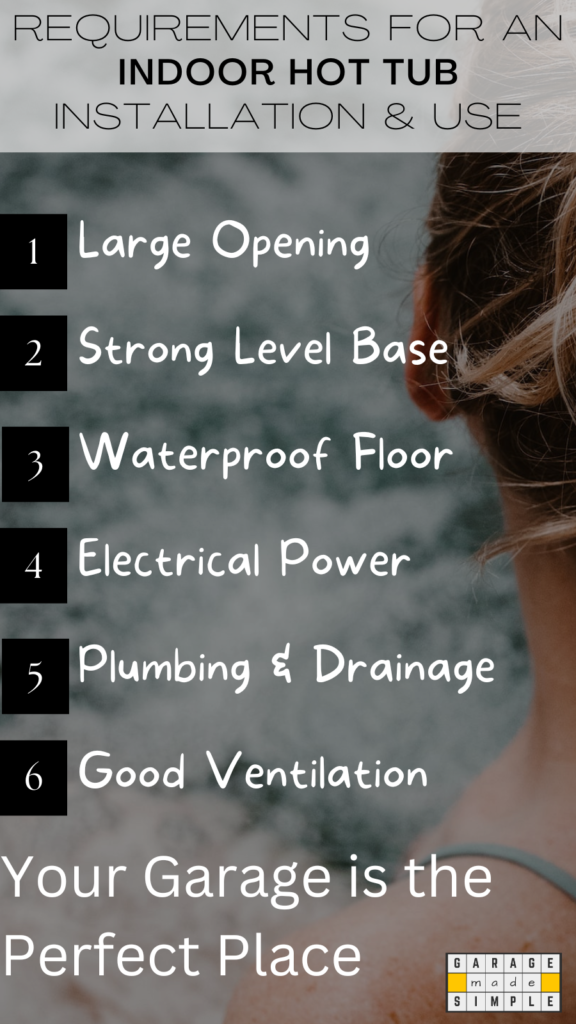
Benefits of Placing an Indoor Hot Tub in Garage?
Your garage is definitely the best and possibly the only indoor space in your home that will tick most, if not all, the boxes. An attached garage will be great but a detached garage will work out well too!
1. Large Opening for Easy Delivery
The delivery guys from the hot tub company will love you, when you tell them that the hot tub will be installed in the garage.
They can just back up their delivery truck right into your garage and unload, in a matter of minutes.
2. Strong Level Base
Most residential garages already have a strong & level concrete garage floor. That is all you need for a hot tub.
2021 International Residential Code (IRC) specifies “Minimum Specified Compressive Strength” for garage floor slabs. The minimum compressive strength specified is 2500 psi. Most concrete garage floors are structurally sound and not crumbling. They usually have a compressive strength of 4000 psi.
That’s a lot more than your hot tub requires.
3. Waterproof Floor & Walls
A garage does see a lot of water related issues. Steps like the right garage floor drainage, weatherproofing of garage walls, using cement board panels rather than drywall or metal cladding & wainscoting panels are certainly helpful.
4. Electrical Power
There are plenty of hot tub models that are, what one would call, “plug & play”. Hot tubs can also be wired directly to a 220v, 230v, or 240v connection through your home’s central circuit breaker box.
The combination of water and electricity in close vicinity should never be taken lightly.
This excerpt from the blog “Plan Your Indoor Hot Tub Installation” from Master Spas is excellent advice.
To prevent moisture-related short circuits, you’ll also need to install a ground fault circuit interrupter (GFCI) between your hot tub and power source as well. A licensed electrician should perform this work.
Master Spas
5. Plumbing & Drainage
A garage slab must have a slope as prescribed in the International Residential Code. The 2021 International Residential Code (IRC) Section 309.1 stipulates
Garage floor surfaces shall be of approved noncombustible material. The area of floor used for parking of automobiles or other vehicles shall be sloped to facilitate the movement of liquids to a drain or toward the main vehicle entry doorway.
You can find out more information on garage floor drains from my earlier blog post Simple and Easy Guide to Best Garage Floor Drain Solutions.
Plumbing for the water ingress and drainage for water egress may or may not be there in your existing garage. However, many homeowners have plumbing installed in their garage as they prefer to wash their cars themselves and inside.
Some folks also like to install a utility sink and / or a mudroom in their garage which requires plumbing & drainage.
6. Ventilation / Dehumidification
Hot tubs have a lot of water at an elevated temperature. Evaporation followed by condensation on the surrounding colder surface is only natural in an indoor setting. Therefore an effective ventilation system and sufficient dehumidification is crucial for indoor hot tubs.
Some homeowners may not pay enough attention to ventilation of a garage. The fact is that ventilation is very important, especially if you want a hot tub in garage. I have covered the topic of garage ventilation options and the best climate control for your garage in my earlier blog posts in some detail.
So if your garage lacks good ventilation and dehumidification, then take the corrective action. It is not just good for your hot tub, it is good for your garage too!
If you have taken all the above 6 aspects into account, your garage should be “hot tub ready”. So what are you waiting for? Why not check out Essential 40-Jet Edgewater EX Hot Tub? It’s perfect for installing in a garage!
Essential 40-Jet Edgewater EX Hot Tub
- 40 STAINLESS-STEEL ADJUSTABLE JETS
- SEATS 5-6: Choose from Lounger or Non-Lounger seating configurations
- POWERFUL 5 PEAK HP PUMP
- ALL SEASON stainless-steel Balboa heater
- BUILT TO LAST IN THE USA
Is an Indoor or Outdoor Hot Tub Better?
Most Hot Tub brochures and commercials show a happy group of friends or family members enjoying a soak in the hot tub on the deck in the backyard.
It is a pretty picture! But this picture may not be the whole story.
Let me break down the pros & cons of an outdoor vs an indoor setting for a hot tub.
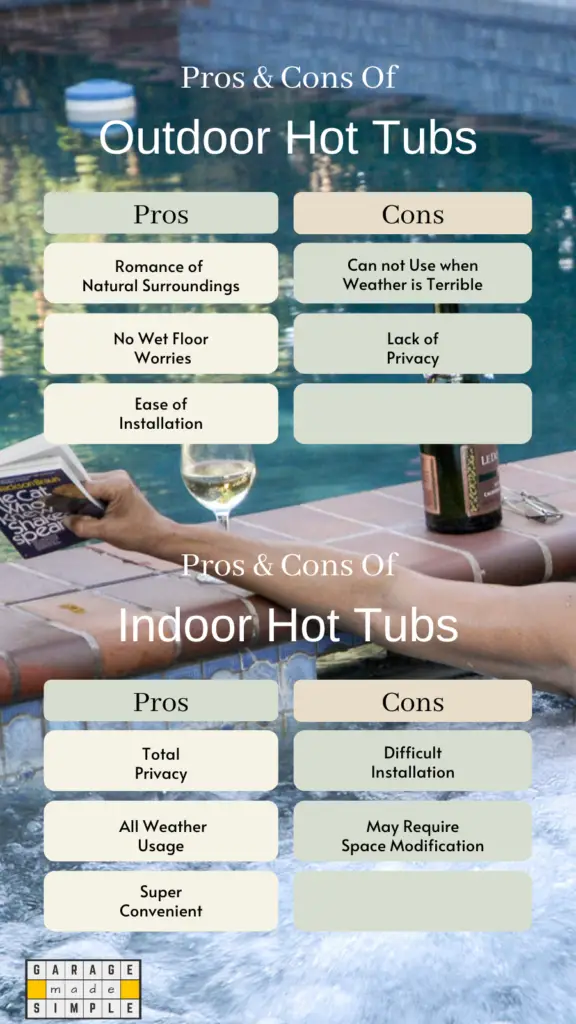
Pros of an Outdoor Hot Tub
The Atmosphere
Do you have a well manicured yard with a shimmering swimming pool and a large deck? Then an outdoor hot tub will elevate the fun that you can have on a sunny Sunday afternoon, to another level.
A soak in the hot tub, under the stars and the moonlight, will certainly relax your mind and body. The experience will prepare you for restful sleep.
Wet Floors & Water Spills
Where there is a hot tub, there will be wet floors & water spills. This can result in a slippery concrete garage floor.
There will be evaporation and an increase in humidity levels. To combat the high humidity you must install dehumidifiers and have ways to dry out the garage floor quickly in case there is a leak.
But none of this will bother you much when your hot tub is outdoors. Water vapor will waft away in the breeze and wet floors will dry quickly under the warm sun.
Ease of Installation
The hot tub (even the small one) is pretty large and it comes in one piece. Getting it indoors can be very challenging. But delivery and installation will be extremely easy outdoors.
The only work required will be to pour a concrete slab for the hot tub base. Alternatively you may be able to use your wooden deck, if it is strong and stable. You do not need to worry about ventilation or dehumidifiers.
All this makes an outdoor hot tub a lot more affordable than an indoor one.
Cons of an Outdoor Hot Tub
Inclement Weather
An outdoor hot tub is great when days are warm & sunny and nights are cool & breezy. Unfortunately this is not always the case. What do you do when it is blistering hot, raining cats & dogs or you have a snowstorm.
An outdoor hot tub is pretty much useless when the weather is against you.
Lack of Privacy
It is obvious that you can not have a lot of privacy when you are outside. Relaxation of the mind & rejuvenation of the body is the sole purpose of a hot tub. A nosy or a chatty neighbor may not be your idea of some quality “me time” in the hot tub.
Pros of an Indoor Hot Tub
Privacy
The hot tub is in your home. It is as private as it gets. You can dress as you wish. No footwear? No problem! No bathrobe? No problem! It is totally up to you.
Enjoy your “me time”, devoid of the prying gazes of passersby and attempts by chatty neighbors to disturb your reverie. Put on some music, light a few aromatic candles and you have a spa.
The Weather Does not Matter
The peak of winter and there is a blizzard outside? With an indoor hot tub, it makes no difference. You can still slip into your hot tub and relax.
With an indoor hot tub, your soaking routine is no longer weather dependent. You can sit in your indoor hot tub anytime of the day or night, all year long.
It is so Convenient
An indoor hot tub makes life so convenient. You could go straight from the hot tub to shower to bed in the convenience of your home. Watch your favourite program on a TV while you have easy access to the beverage of your choice.
Cons of an Indoor Hot Tub
Difficult to Deliver & Install
As already mentioned, a hot tub (even a small one) is pretty large. A typical hot tub is 7 feet or 8 feet square. The height is typically 3 feet or more. It comes in one piece.
So how are you going to get it indoors?
The hot tub, with the water and the people sitting in it can weigh upward of 4000 pounds. It has to be set on a level and strong base that can take the load.
Not every room floor in your house is designed for that.
The Indoor Space Modification
First of all you need a room which has the required floor space. A 7 feet square hot tub will need around 9 feet square dedicated floor space. That is an extra foot on each side.
The room may need modifications, as under:
- Strong, level concrete flooring
- Plumbing for water access and drainage
- Enough ventilation and / or dehumidification
- Electrical wiring compatible with the hot tub
- Water resistant building materials
A pretty tall order and sure to push up the final cost of an indoor hot tub. However, modifications required will be minimal when you install a hot tub in garage!
Thank you very much for reading the post. I do hope you found it informative and useful.


